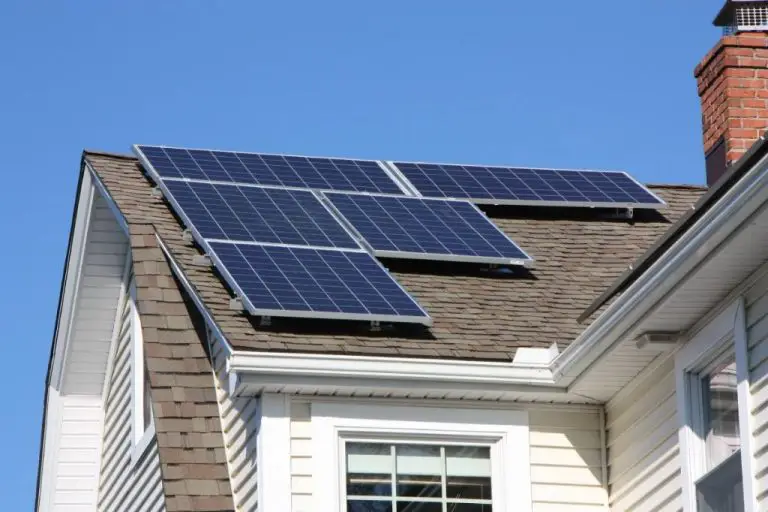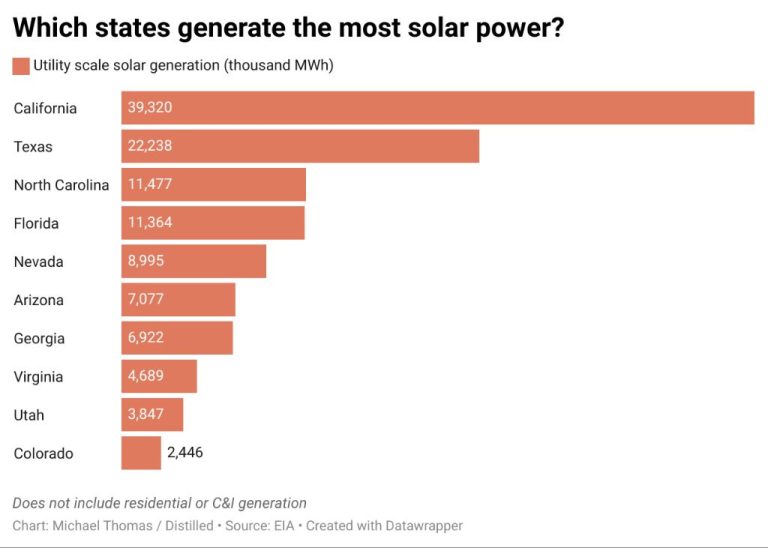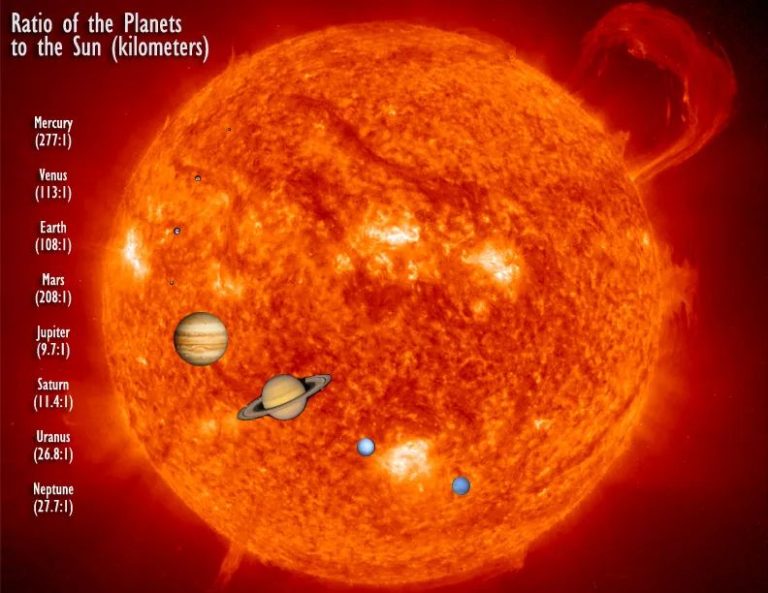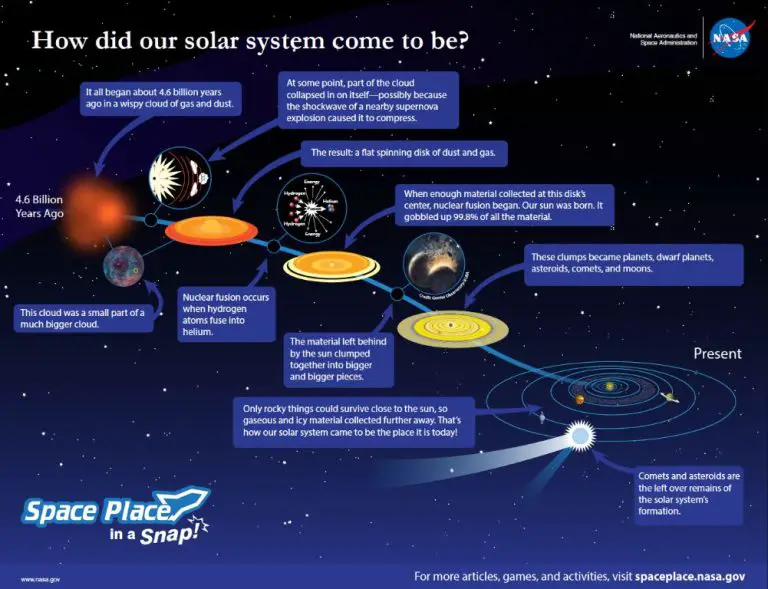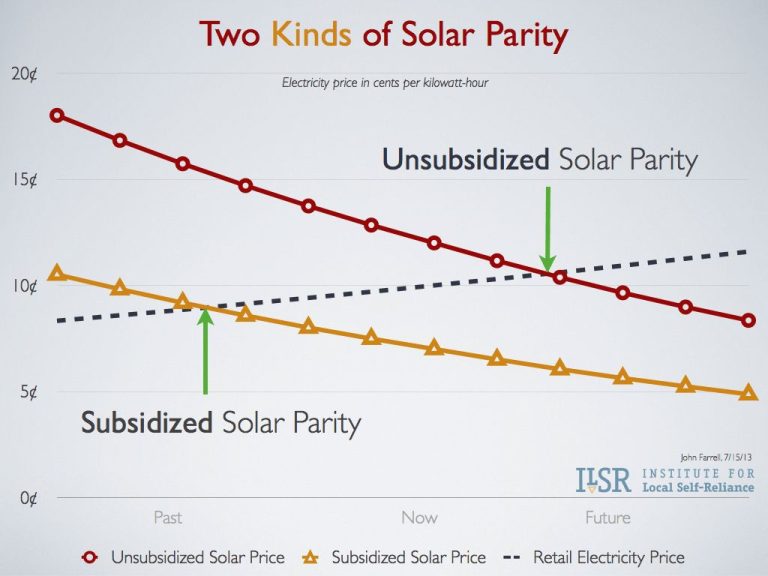What Type Of Potential Energy Is A Solar Panel?
Potential energy is stored energy that results from an object’s position or state. There are several types of potential energy, including gravitational potential energy, elastic potential energy, chemical potential energy, and electrical potential energy (https://justenergy.com/blog/an-introduction-to-potential-energy/). When objects are moved to a higher position or compressed, they gain potential energy that can later be converted into kinetic energy.
Solar panels are devices that convert sunlight into electricity. They work by absorbing photons from sunlight and using semiconducting materials to convert the light energy into a flow of electrons, generating electric current (https://study.com/academy/lesson/what-is-potential-energy-definition-examples.html). This introduction will examine how solar radiation can be considered a form of potential energy that is captured and converted by solar panels.
What is Potential Energy?
Potential energy is stored energy that an object possesses due to its position or state. It refers to the capacity for doing work that an object has because of where it is or because of its condition. [1]
There are several main forms of potential energy:
- Gravitational potential energy – This is energy that comes from height, where an object gets potential energy from gravity pulling it to Earth. The higher the position of the object, the greater its gravitational potential. [2]
- Elastic potential energy – The energy stored in elastic objects while they are stretched or compressed.
- Chemical potential energy – The stored energy in the chemical bonds between atoms and molecules. This energy can be released through chemical reactions.
- Nuclear potential energy – The energy stored in the nucleus of an atom, which can be released through nuclear fission or fusion.
In all cases, potential energy refers to stored energy that has the potential to do work.
How Do Solar Panels Work?
Solar panels convert sunlight into electricity using photovoltaic cells. Photovoltaic comes from photo, meaning light, and voltaic, meaning electricity. These cells are made of semiconducting materials like silicon that are able to absorb photons from sunlight. When the photons hit the solar cell, they transfer their energy to the electrons in the atoms of the semiconductor material. This energy causes the electrons to break free of their atomic bonds and flow through the material to produce electricity.
The key to this photovoltaic effect is that the absorbed photons excite electrons in the solar cell to a higher state of energy, allowing them to act as charge carriers for an electric current. The more photons that hit the cell, the more electrons that are excited and the greater the voltage generated.
“Solar panels work through the photovoltaic effect…In Summary: How do solar panels work?
– Light particles called photons strike solar cells containing a semiconductor material
– Photons with enough energy knock electrons loose
– Flow of these electrons generates an electric current.” (Source)
Solar Radiation as a Form of Potential Energy
Sunlight can be considered a form of potential energy. Sunlight consists of photons, or particles of light, that radiate from the sun. These photons have energy that can be captured and converted into other forms of energy like heat and electricity (1). The electromagnetic radiation emitted by the sun arrives at the earth’s atmosphere with a power density of approximately 1,366 watts per square meter under clear sky conditions. This electromagnetic radiation represents a large amount of potential energy that the earth has available to harness.
The photons in sunlight have varying amounts of energy depending on their wavelength. Shorter wavelength photons have higher energy, while longer wavelength photons have lower energy. When the high energy photons in ultraviolet radiation are absorbed, their energy may be converted into chemical potential energy as they power chemical reactions. The lower energy photons in visible and infrared radiation can be absorbed to produce heat energy. Solar panels are specially designed to absorb photons and convert their energy into electrical current that can then be used to power electrical devices and circuits (1).
Overall, sunlight contains immense potential energy that originates from nuclear fusion reactions taking place inside the sun. Capturing and converting even a tiny fraction of sunlight’s potential energy using solar panels provides a renewable and clean energy source for human use.
Sources:
(1) https://www.e-education.psu.edu/earth104/node/950
Conversion of Light Energy to Electrical Energy
Photovoltaic cells, also known as solar cells, are designed to convert light energy into electrical energy through the photoelectric effect. The photoelectric effect refers to the emission of electrons from a material when light shines on it. In a solar cell, photons from sunlight knock electrons loose from the atoms of the solar cell material. These free electrons then can be captured and used to generate an electric current.
When sunlight hits the solar cell, the energy from the photons in the light is absorbed by the semiconductor material in the cell. This absorbed energy causes electrons in the material to break free from their atoms, creating electron-hole pairs. The electrons move to one side of the solar cell, while the holes move to the other side. Metal conductive plates on the sides of the cell collect the electrons and holes, creating a voltage difference – an electric potential. Connecting a wire between the two plates allows electrons to flow through this potential difference, generating an electrical current that can then be used as electricity.
The amount of current generated depends on how bright and intense the sunlight striking the solar panel is. More intense sunlight means more photons hit the solar cell each second, creating more electron-hole pairs and a larger electric current. Photovoltaic solar panel systems are designed to optimize the conversion of light photons into usable electricity.
Solar Panels Store Energy for Later Use
The electrical energy that is generated when solar panels convert sunlight into electricity needs to be stored for later use. Solar panels produce energy during the day when the sun is shining, but some of this energy will need to be saved for use at night or on cloudy days. There are a few main ways that energy from solar panels gets stored:
Using batteries is one of the most common methods for storing energy from solar panels. Special deep cycle lead acid batteries are designed for solar energy storage, but car batteries can also be used. The batteries are charged up by the solar panels during the day, and then discharge at night to power lights, appliances and devices.
Solar energy can also be stored by converting it into thermal energy to heat up water in hot water tanks. This stored hot water can then be used for showers, washing, and heating. Some systems use solar panels to also charge batteries and power devices directly while simultaneously heating water.
The electrical power generated by solar panels can be fed back into the utility grid during the day when not being used, and this credit with the energy company can be applied against electricity usage at night. This allows leveraging the grid as a form of energy storage.
Solar panel systems allow homeowners and businesses to store clean renewable energy from the sun during daylight hours for use 24/7. This enables self-sufficient power generation without reliance on fossil fuels.
Comparing to Other Forms of Potential Energy
Solar panel potential energy shares some similarities with other common forms of potential energy like gravitational, chemical, and mechanical potential energy, but also has some unique attributes.
Like other forms of potential energy, the sun’s rays represent stored energy that has not yet been converted into another form. The solar radiation striking the solar panel acts as a ‘reservoir’ of energy that can do work. However, unlike something like a battery or elevated object storing energy due to its position, the sun’s rays continually strike the solar panel, representing a renewable flow of potential energy.
Solar radiation potential energy is similar to chemical potential energy in that light particles themselves contain energy stored in their molecular bonds. But solar energy is unique in that it utilizes electromagnetic radiation, rather than molecular bonds, as the main storehouse of energy.
Overall, solar panel potential energy differs from other common forms because it extracts energy not from the position, motion, or chemistry of objects, but from the electromagnetic radiation emitted by the sun. The limitless flow of solar energy to the Earth gives it a unique renewable nature. As Constellation notes, “You don’t ever use it up.”
Efficiency and Potential of Solar Panels
Most solar panels today have efficiencies between 15-20%, though some high-efficiency panels can reach up to 22% (Solar Labs, as cited in How Future Solar Panels Will Generate Far More Power). The theoretical maximum efficiency limit for standard single-junction silicon solar cells under normal sunlight conditions is around 29% according to the Shockley-Queisser limit. However, new multi-junction solar cells combining silicon with perovskites have the potential to reach efficiencies above 45%, perhaps up to 50% (Jeno, as cited in A new kind of solar cell is coming: is it the future of green?). With improved materials and technologies, the efficiency of solar panels is likely to increase steadily in the coming years.
Given the enormous amount of solar radiation striking the earth, even relatively inefficient solar panels have the potential to meet a significant portion of global energy demand. Covering just 0.3% of land on earth with 15% efficient solar panels would generate over 200,000 TWh per year of electricity, far more than the approximately 25,000 TWh the world currently uses (LERRI Solar Technology Co., as cited in Future Of Solar Energy: Predictions For 2024 and Beyond). The potential scale of solar power is tremendous, and improving efficiency will allow us to tap into more of this potential with less land area required.
Challenges and Limitations
While solar energy has many advantages, it also comes with some challenges and limitations that need to be considered. One of the main challenges with solar power is the intermittency of sunlight. Solar panels can only generate electricity when the sun is shining, which means that energy output depends on factors like weather, time of day, and geographic location. Cloudy days and nighttime can greatly reduce energy production from solar panels. This intermittency can make it difficult to rely solely on solar power around the clock.
Another limitation of solar energy is the high upfront costs associated with purchasing and installing a solar energy system. The cost of solar panels, inverters, batteries, and other system components can be quite expensive for homeowners and businesses. Installation costs can also add to the total price tag. While solar power can provide long-term savings from reduced electricity bills, the initial investment may be prohibitive for some users. Government incentives like tax credits can help offset some of these costs. But the upfront price is still one of the biggest barriers to widespread solar adoption.
Solar energy systems are also impacted by geographic location. Areas that receive consistent sunlight throughout the year are best suited for solar power generation. But some regions may not get enough daily sunlight to make solar panels a viable option. Homes or businesses may need large open spaces with sun exposure to accommodate an array of solar panels. So in some dense urban areas or heavily forested locations, it can be challenging to find suitable space for solar installations. The potential of solar is limited based on geographic factors like weather patterns and available real estate.
Conclusion
In summary, solar radiation from the sun is a form of potential energy. The photons in sunlight carry energy that has the potential to do work. Solar panels are able to convert this radiant light energy into usable electrical energy through the photovoltaic effect. The solar cells in the panels absorb the photons and release electrons, generating an electric current that can then power electrical devices and be stored for later use. While solar energy has limitations in terms of weather dependence and storage capacity, it taps into the enormous potential energy originating from the sun. Solar panels provide a clean, renewable way of harnessing this energy and converting it into a viable source of electricity.

